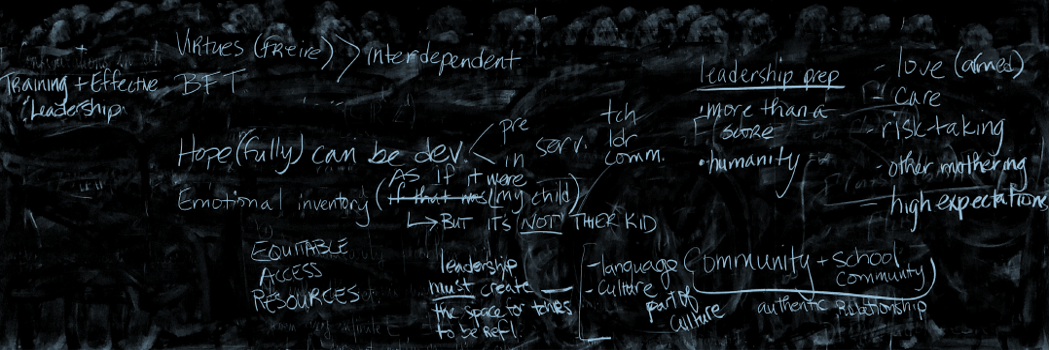Radical Care Sp21
The combination of the two articles—the 1995 (master)piece by Ladson-Billings and Tate along with the 2018 article by Dixson and Anderson—helped me to make a connection between two ideas that I had previously seen as separate: the seminal notion advanced in Critical Race Theory of whiteness as property; and the pernicious role of the property tax as the basis for school financing in this country.
When I first learned how schools are financed in the U.S., I thought the system seemed strange. Why, I wondered, are schools financed in such a different way than any other public good? It took me a while to figure out that all the rhetoric about the democratic ideals of local control as its basis was really a cover for something that is neither democratic nor ideal. Using the property tax as the basis for school financing results in inequities that privilege the wealthy and starve the less affluent. Right here in New York State, we see the results: that schools in Scarsdale spend $31,118 per student while schools in Utica allocate only $17,128. Many advocates, including Michael Rebell (who has led the fiscal equity court cases in New York State over the past several decades), view our current system as racism-in-action—not as a by-product or unintended consequence but, rather, as a system that was designed to do exactly what it does, which is to discriminate on the basis of race and its intersectional neighbor, class. A second response I had to this week’s readings involves the question posed by Dixson and Anderson in their title, Where are We? I appreciated their explanation of the double meaning of their query: “On the one hand, it references the mapping metaphor we have adopted to explore the existing literature and to ‘draw’ boundaries around CRT scholarship in education…But what has been the impact on schools and communities of color? Notably, several CRT scholars have called for critical race theory praxis—an engaged approach to CRT that move from campus to community” (129). This call to action/application has the potential to address issues of radical transformation and care that are the focus of our course.




Something else that exacerbates the disparities cause by inequitable school funding models is that families in wealthier districts are also able to be more financially active through the PTA (i.e. fundraisers and contributions). So not only are schools in wealthier districts receiving more funding per-pupil, they are also raising more money through parent contributions and connections.
Amin (2019) noted in an article in Chalkbeat that “Major disparities exist between parent-teacher associations across the city, with some groups raising enough to pay for after-school programs or services that principals can’t or won’t budget for. Funding inequities are especially pronounced in District 3, which spans from the Upper West Side to part of Harlem. It is home to some of the city’s wealthiest PTAs — like P.S. 87, which raised $2 million in 2017, or roughly $2,270 per student per student — while other schools report nearly no funding.” (Amin, 2019)
Another example showed that the Upper West Side’s P.S. 452, brought in $407,640 in 2016 which “helps pay for a group that teaches dance intertwined with science, among other things.” Harlem’s P.S. 242, raised just a few hundred dollars. The goal money was used to “pay for things like books and ensuring every student — the majority of whom are from low-income families — has a gift during the holidays.” (Amin, 2019)
These disparities led to talks about transparency and regulation of PTA fundraising and attempts by some parent leaders to initiate a city-wide pool that would them be distributed by need across districts. These ideas, of course, were met with resistance.